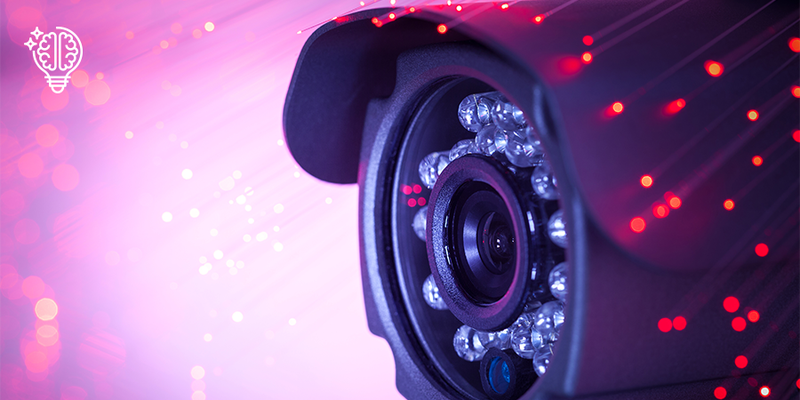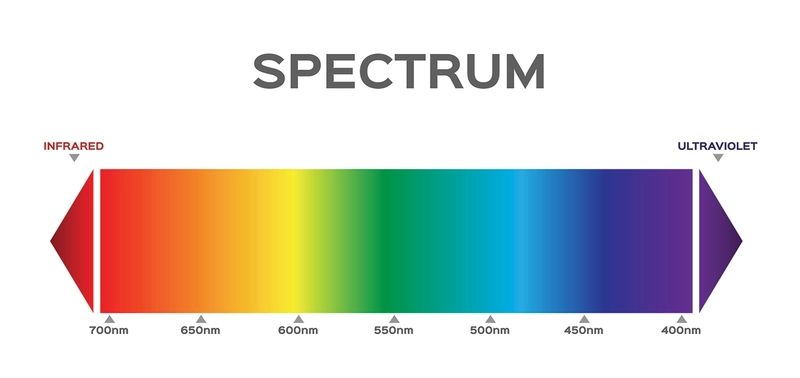
Infrared image capture is critical if you want your security camera to see in the dark.
Security cameras equipped with infrared can see objects beyond what our eyes are capable of. But how do they work? Here's what you need to know.
What is infrared?

You might remember some classes at school where you directed a beam of light into a triangular prism and saw a rainbow of other colours emerge from the other side. When we see a beam of white light, what we actually see is a combination of different colours that come together to make white light. That array of different colours is called a spectrum. And each colour in the spectrum has a different frequency.
At one end of the spectrum, we see red. At the other end there's violet. But that spectrum of colours extends far beyond what we can see with the naked eye. And one of the light frequencies we can't see is infrared. It lies beyond the red end of the spectrum with a wavelength ranging about 800nm to 1mm.
How we see
When we see something that's green, what's actually happening is that all the other wavelengths of light in the spectrum are absorbed by that object, so the green frequency is the only one reflected back out. That's why, when you look at a leaf on a tree, you can only see the green parts: it absorbs all of the light frequencies that are not green.
Night vision cameras
Security cameras with infrared night vision work by sending out beams of infrared light. These beams are reflected by the objects in the camera's field of view and captured by the camera's light sensor, giving us an image we can see clearly.
Infrared is reflected by objects at different wavelengths depending on their temperature. That's why night vision images can give detail. When an infrared light source hits a person on a security camera, their clothes, face and other details in the shot reflect different frequencies in the infrared range, providing those details. As infrared relies on the different temperature of objects to provide a clear picture, it's sometimes called thermal imaging.
Depending on the sensitivity of the sensor receiving the reflected infrared light, you can see varying amounts of detail. Some sensors go as far as determining the actual colours of objects in the dark giving highly detailed images. When choosing security cameras for your workplace or home, check the specifications to make sure they include infrared night vision to capture any activity that occurs through both the day and night.

